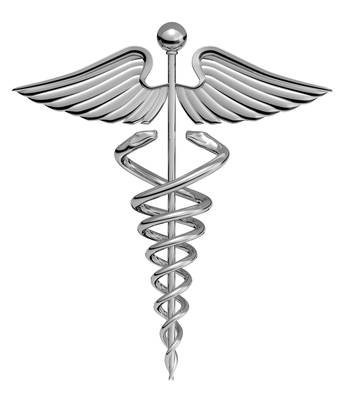HIPAA, often incorrectly referred to as HIPPA, stands for Health Insurance Portability and Accountability Act, which was signed into law by President Clinton in August 1996. It was a compromise that arose after the president’s healthcare reform efforts met the profit-driven interests of rich Congressmen and women and the lobbyists behind them.
What Does the Act Do?
In Title I of the law, it restricted the ability of insurance companies to deny coverage because of pre-existing conditions. It also made sure that people who lost their jobs or decided to change jobs could keep their existing coverage, hence the word “portability” in the name of the legislation. The last section of Title I restricted lifetime coverage limits of policies.
Title II of the law covers both the privacy of insured people and rigorous standards for the the processing of claims and other health-related transactions. The security of these transactions has to meet the standards set forth by the Department of Health and Human Services.
Title III of the law covered tax-related provisions and allowed for the creation of health savings accounts as part of a person’s insurance so that they could “save for a rainy day.” Most insurance plans in the late 1990s and early 2000s had high deductibles, and the savings accounts gave people the ability save a little bit at a time to be able to afford the unreasonable deductibles.
Titles IV and V of the Act concern other provisions about pre-existing conditions, tax issues regarding a person’s loss of citizenship or permanent resident status, and company-owned life insurance.
The Relationship to CHIP
CHIP, or the Children’s Health Insurance Program, was another offshoot of the failed reform of the nation’s healthcare system. At the time, the Clinton Administration was desperate for a victory of any kind over the cartel-like structure of the insurance industry and its Congressional backers, and it successfully leveraged concern for children that led to the enactment of CHIP.
CHIP provides coverage to families with children who make too much to qualify for Medicaid but not enough to buy expensive private insurance even with the help of the previous legislation. Some of the services covered include:
•Routine checkups
•Immunizations
•Doctor visits
•Prescriptions
These services are for the children, which creates a second layer of coverage above what the HIPAA provides families. Of course, both plans include payments of some kind. These payments are simply reduced by the applicable laws and not eliminated.
How Will These Two Programs Affect the Future?
In a twist of both irony and hypocrisy, the Trump Administration, along with Congressional leaders like Paul Ryan and Mitch McConnell, all of whom opposed both a single-payer system and the Affordable Care Act in the past, now seem likely to pursue a single-payer system because they want to dismantle the Affordable Care Act. In fact, The New York Times pointed this out in March 2017.
Of course, a single-payer system will combine aspects of both the Children’s Health Insurance Program and the Health Insurance Portability and Accountability Act. The history of cost savings of these two programs, coupled with the $350 billion savings annually that would be provided by a single-payer system, make the transition attractive.
It remains to be seen if all three branches of government and the majority of the American people will get on board. They did, however, agree with the previous legislation that saved them money and provided them care in instances where they would not have had care before, so it comes down to one simple question: Will Americans allow the government to do its job and control the insurance companies, or will they continue to allow the insurance companies to control the government?
See also: Top 10 Best Online Master of Health Administration Degree Programs (MHA)
